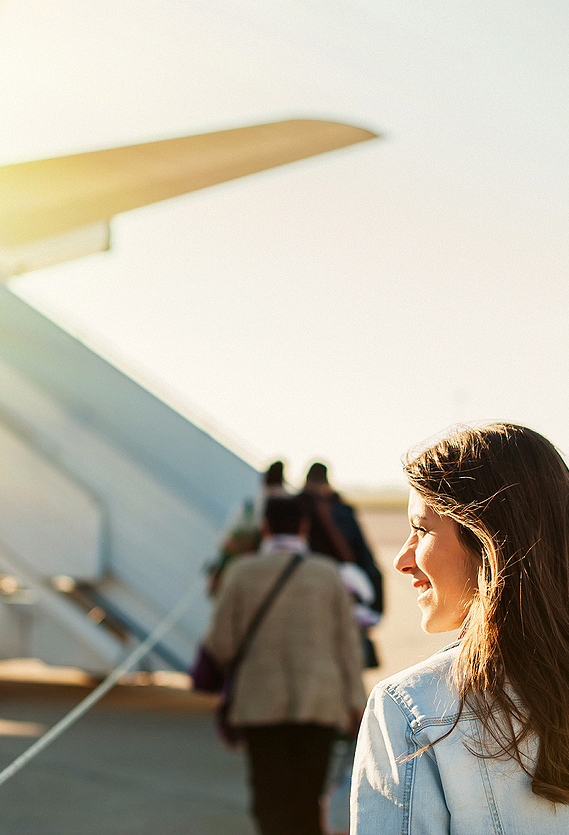Every day, more than 45,000 flights and 2.9 million passengers fly in and out of U.S. airports. In the short time between flights, cabin cleaning crews move quickly to keep things tidy on board. But does moving hundreds of people between airplanes on tight schedules actually leave time for a proper cleaning? From sanitization procedures to air filtration and the truth about the places in the cabin we come into contact with the most, here are the facts on just how clean your airplane really is.
Take a Deep Breath — Airplane Air Is Actually Pretty Clean
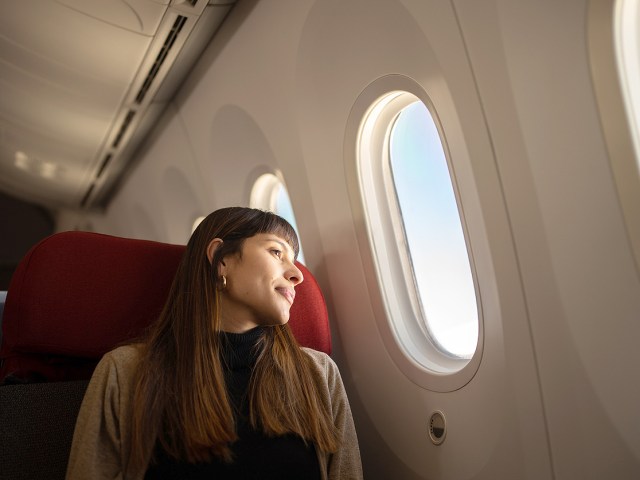
Some travelers might think of sitting on a plane as a surefire way to spread germs and get themselves sick. After all, you’re in a small, enclosed space, and the overhead vents aren’t really doing much, right? Not exactly — in fact, the air in the cabin is much cleaner than you think.
The International Air Transportation Association (IATA) says the air filtration system used in airplanes uses the same technology that sanitizes the air in hospital operating rooms. Half of the air comes in fresh from outside the aircraft, and the rest of it is filtered through a High-Efficiency Particulate Air (HEPA) system. It’s also refreshed every two to three minutes (or about 20 to 30 times an hour), meaning that sitting in an airplane cabin is actually more likely to be a breath of fresh air compared with going out to dinner or shopping in a store.
How Does an Airplane Cabin’s Air Filtration System Work?

But what does a HEPA filtration system actually do? These systems use high-quality filters made up of clusters of fibers that filter out pathogens (germs) when air is forced through them. They also nab dust, pollen, mold, and other particles that could cause irritation or illness. The system is surprisingly effective, managing to filter at least 99.97% of particles with a size of 0.3 microns (about one-thousandth of a millimeter) — which is considered the most penetrable size of particle.
The cabin air comprises half of this HEPA-filtered air and half fresh air piped in from outside the moving aircraft. This ensures not only the cleanest air possible, but also the proper cabin air pressure. Air is forced out from ducts in the ceiling and sucked back in through ducts where the cabin meets the floor. Some of the air is re-filtered through the HEPA system, but about half of it is pumped back outside so new air can be brought in.
Which Parts of the Airplane Are Dirtiest?
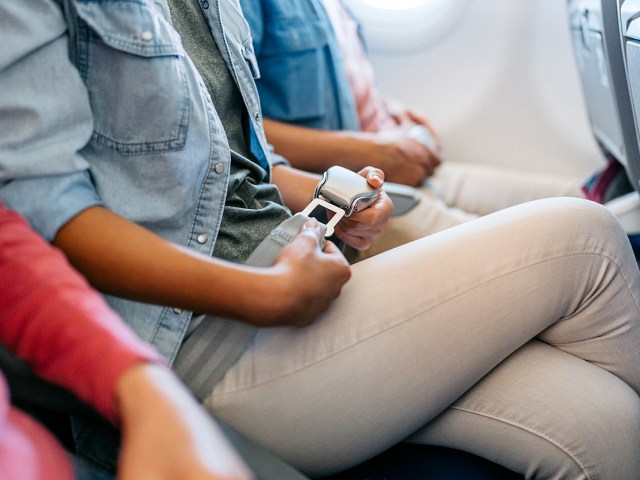
Common sense would suggest that the dirtiest areas of an airplane cabin are the highest touch points. That instinct proves correct: In various cabin tests, many items were swabbed and analyzed, with some unsurprising results. The seat back tray, bathroom door handle, and bathroom sink tap handle were discovered to be the dirtiest parts of an airplane cabin, with traces of bacteria, yeast, and mold present. Arm and headrests are also often found to contain E. coli and staph, and airline blankets and pillows (unless sealed in plastic) are also regular offenders.
Seat belt buckles, air vent nozzles, and the seatback pocket were also determined to have high bacterial content. It makes sense — these are also high-touch points, but they may not receive the same level of cleaning as the lavatory. While the cabin cleaning crew makes sure to empty seatback pockets of any waste when possible, it doesn’t receive any additional cleaning that the other surfaces get. In an interview with the CBC, microbiologist Jason Tetro advises travelers to wipe down surfaces before they touch them and apply alcohol-based hand sanitizer after touching these germy surfaces.
Which Parts of the Airplane Are the Cleanest?
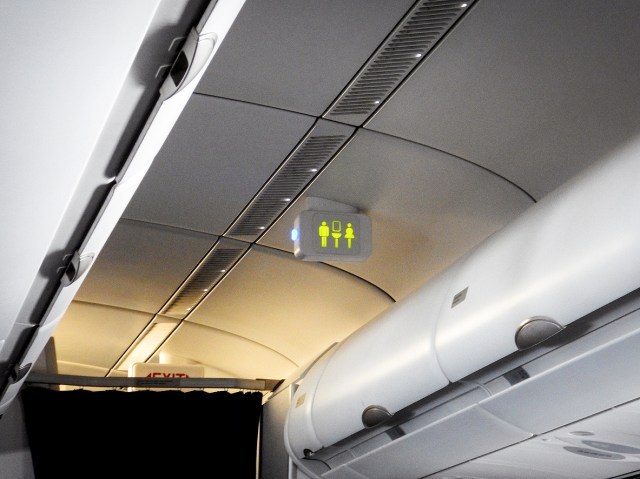
Some of the cabin’s high-touch points receive more attention than others when it comes to cleaning. Case in point: the toilet flusher. Studies have found flushers to be among the cleanest parts of an airplane cabin. An executive with Charm Sciences, who manufactures a rapid diagnostic test that has been used to detect airplane cleanliness, suggested in an interview with the Washington Post that the few flushers on board were likely to be an area of focused disinfecting, unlike the many trays and air nozzles.
The instruction card found in the seat back pocket has been counted among the dirtiest parts of a plane, according to flight attendants, but beyond the anecdotal evidence, the Washington Post report actually found it to be the cleanest when swabbed. They might not be included in the flight crew’s cleanup, but it’s likely they’re not being handled too much in the first place.
How Often Are Airplane Cabins Deep Cleaned?
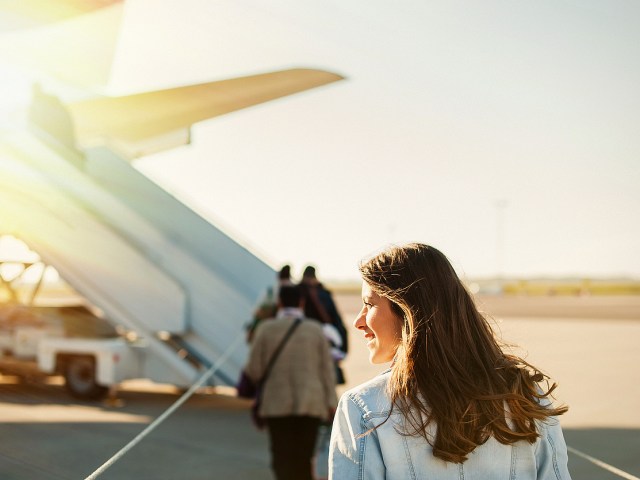
It might surprise you to learn there are no regulations around the cleanliness of airplane cabins. Each airline determines its own protocols and cleaning schedules, but they typically all follow the same industry standards. A “turn clean” is for domestic or shorter flights that typically have a faster turnaround time before the next flight. Flight attendants who spoke to CBC said that crews typically have less than 15 minutes to clean — this time is spent doing a more superficial clean, often focusing on removing trash, cleaning the galley where staff prepare food and drinks, and checking lavatories. That leaves little time to wipe down those grimier high-touch surfaces. (Only cleaning solutions that are not detrimental to aircraft materials are allowed on board.)
A deep clean is most often done overnight, and, though it will vary by airline, usually takes place anytime a plane is sitting for eight or more hours. These procedures focus more on the passenger seating areas, as well as the lavatory, galley, and storage areas. So, it seems that not only are early-morning flights usually a good bet for avoiding delays — they might also give you the cleanest cabin.
More from our network
Daily Passport is part of Inbox Studio, which publishes content that uplifts, informs, and inspires.






